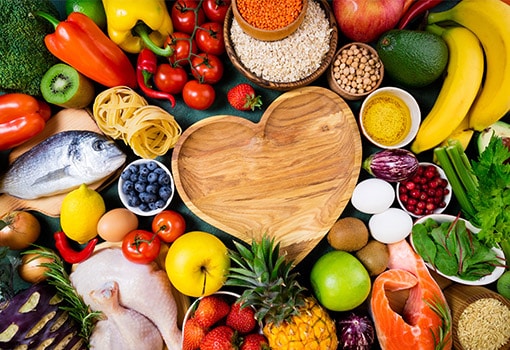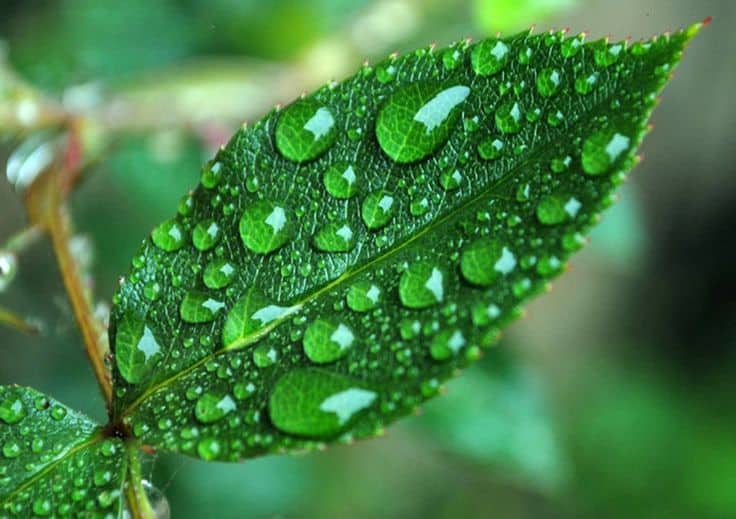You’re probably familiar with reusable packaging materials like glass jars, but have you ever heard of reusable fast food packaging? It’s certainly not something you see often, if at all.
But, we’re seeing new ideas in sustainable packaging more frequently now. And one is a new concept called Zero, from the British company PriestmanGoode.
concept zero
Zero is a reusable food packaging concept created as part of Wallpaper* Re-Made, an initiative that connects designers, makers, architects and engineers to create inspirational and thought-provoking projects.
a new kind of takeout food container
PriestmanGoode’s new food container uses “bioplastics”: natural materials like cocoa bean shells, mycelium, and pineapple husk. The term bioplastic refers to the fact that the raw materials come from organic matter but are manufactured to feel like plastic – only they don’t look like cheap throwaway plastic.
These aren’t your regular old takeout food containers. In fact, they are fashioned in the style of the Japanese-designed bento box or Indian tiffin boxes. They’re modular and stackable; the base of the box serves as the lid for the box below. So there’s no need for individual lids — you only need one for the whole group. (This reduces the amount of disposable packaging needed even further!)
biodegradable & reusable materials
Several sustainability-minded designers and manufacturers contributed to Zero. The boxes are made from discarded cocoa bean shells, an innovation from designer Paula Nerlich. And the takeout delivery bag also uses sustainable materials. Tŷ Syml created the mycelium-based bag liner. The lid of the bag is made of Piñatex, a leather-alternative from pineapple leaves, by the firm Ananas Anam.
Margarita Talep designed a cling wrap made of algae to replace the typical plastic. And there’s also Yulex, a rubber material similar to neoprene, and Nuatan, a biodegradable material made from corn, sugar, and waste cooking oil that can handle high temperatures.
the sustainability piece
The sustainability advantages of Zero are fairly obvious. Reusable containers are superior to single-use plastic food containers and plastic bags every time. Since they’re not thrown away, there’s zero waste.
And unlike conventional plastic that sits in landfills for hundreds of years, bioplastic containers are manufactured from natural recycled materials and many are biodegradable.
All of the pieces are washable and reusable. The creators envision a network of takeout restaurants that would use Zero, prepare food to be delivered and handle cleaning of the containers when returned. There would be an incentive structure, where customers pay a small fee for using the container and then receive a reimbursement when it’s returned.
the design
Many focus on the innovative sustainable materials used, but the container’s design was also important. They wanted to create something customers find attractive and worth keeping instead of using only once and tossing it. It’s practical, sustainable, and beautiful. Using these elegantly designed takeout food containers gives more of a sense of dining as a special occasion, and helps to create a nicely decorated dinner table.
Not only are they more pleasant to look at, one hopes that they will help shift people’s attitudes away from convenience culture and always using disposables.
Zero will be on display at the 2021 Salone del Mobile in Milan, Italy. We’ll be keeping an eye on this Zero concept to see how it develops!
Source: PriestmanGoode; Dezeen; The Dieline













